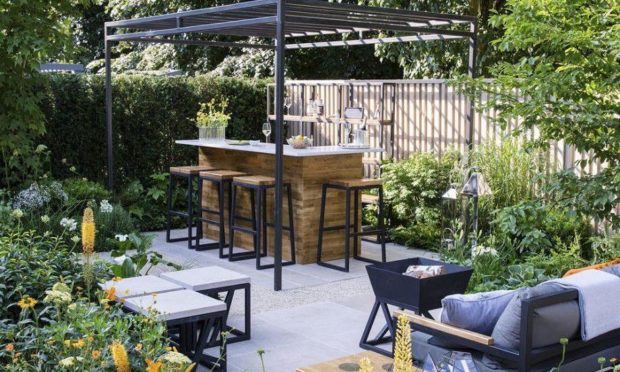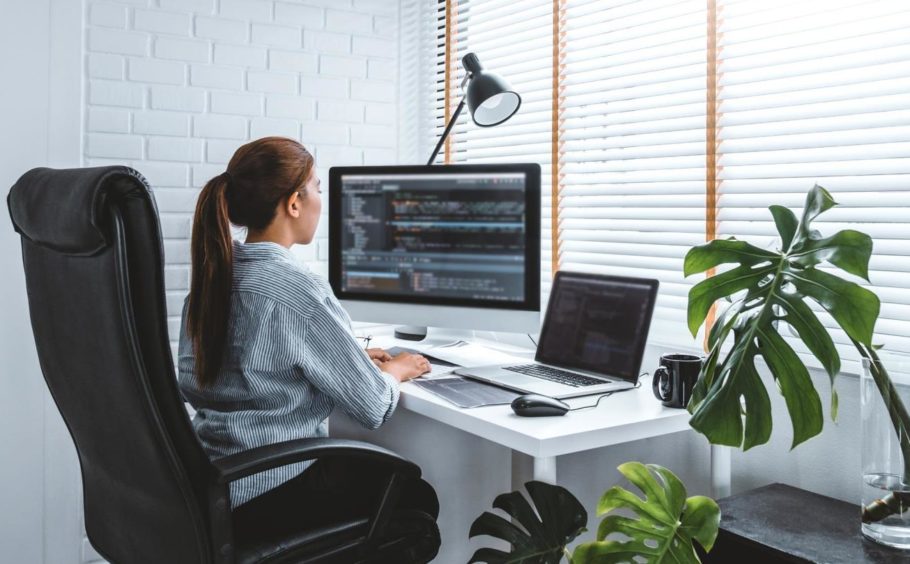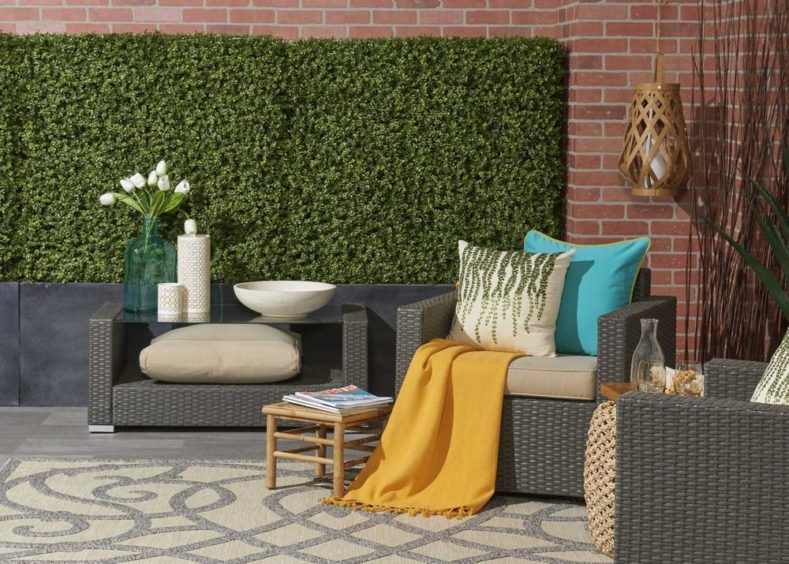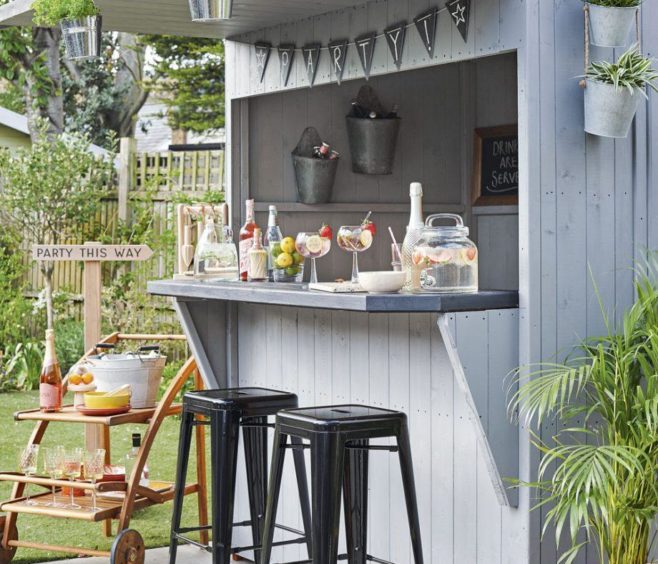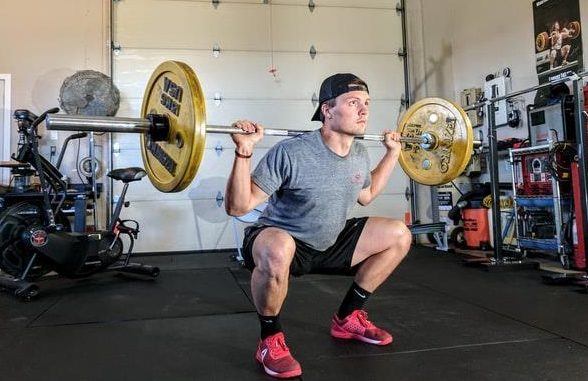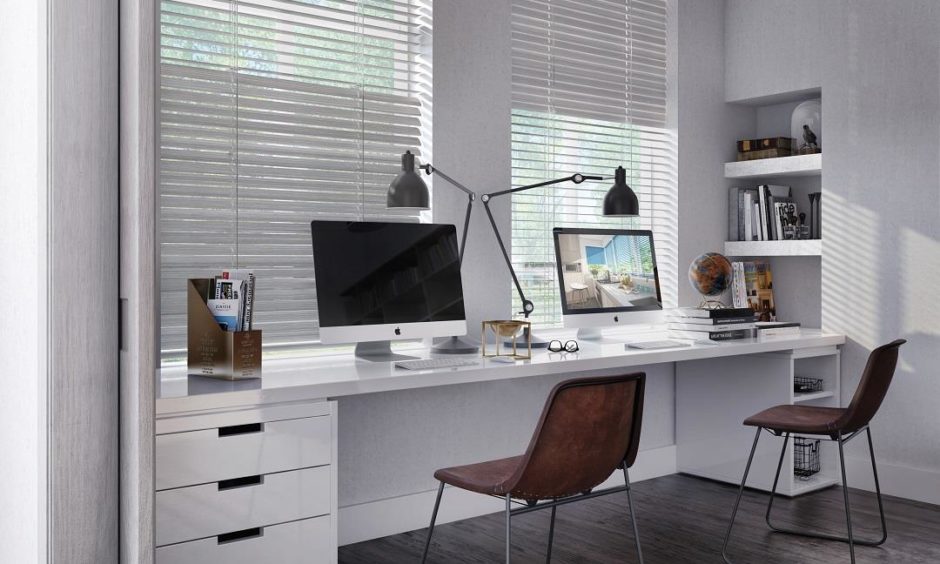When it comes to home, it’s no great surprise that lockdown has had an impact on where we live – and how we live.
A recent survey has shown that people have made a number of lifestyle choices shaped by the pandemic as we rethink our work-life balance.
The poll of 2,000 UK housebuyers carried about by Censuswide for Zen Internet in March this year, showed that we no longer factor commute times and travel hubs into our ideal home purchases but, instead, look for home-working and outdoor space – and are prepared to pay an extra £1,500 on top of the asking prices for full fibre broadband to boot.
But it seems that for many, home is where the heart is, and not everyone is prepared to up sticks and leave. Some may not be able to afford to move, while others would prefer to spend their hard-earned cash on a holiday.
However, the habits of DIY enthusiasts broadly mirror house-buying trends as people choose to put a little more love into the homes they have.
The biggest DIY trends during lockdown included creating make-shift office space, installing hot tubs, painting home wall murals, panelling every room in the house and upcycling furniture.
And it looks like there’s no sign of a DIY slowdown any time soon. Even post-lockdown, people are gearing up for summer with Google trends data showing over 40,000 searches on the term “garage gym” last month, along with “garden bars”.
The UK’s biggest online specialist metal supplier metals4U also reported an 89% increase in sales of tools compared to this time last year, making home improvements a priority for stay-at-home Brits.
Managing director Paul McFadyen said: “It’s fantastic to see people becoming more aware of how they can create their own renovation projects, but it’s important to ensure you have the right tools and equipment first to ensure you can do a good job and, more importantly, stay safe.”
It’s wise advice, so whether you’re installing gym equipment in the garage or building a garden bar, it’s important to prepare for the work ahead. Metals4U has helpfully provided three top tips to ensure an accident-free DIY success.
1. A safe working area
A free-standing work bench with room to walk all the way around is perfect. However, if you’re working in a garage or shed, build the workbench against the wall to utilise the space.
If a workbench is not an option, there are compact, reasonably priced workstations that require simple home assembly, with built-in storage and weight-bearing capacity.
2. Power source
If your workspace is in a garage, there will probably be a couple of 13amp sockets. These should be upgraded to a circuit capable of handling the extra output – simply running an extension lead from an existing power supply can be incredibly unsafe.
A workshop in a shed or out-building will need to be supplied with power from the existing consumer unit in the house, and placing some power sockets overhead will ensures flexes are not trailing on the floor.
3. Safety clothing and equipment
No DIY job is worth injury. Wear:
- eye protection;
- ear protectors when using loud machinery;
- heavy-duty gloves when cutting, using heat sources and chemicals;
- dust mask for protection from irritants and toxic particles or a face mask with replaceable filters;
- protective shoes or boots. Slippers won’t cut the mustard here – always maintain a responsible attitude to safety.
